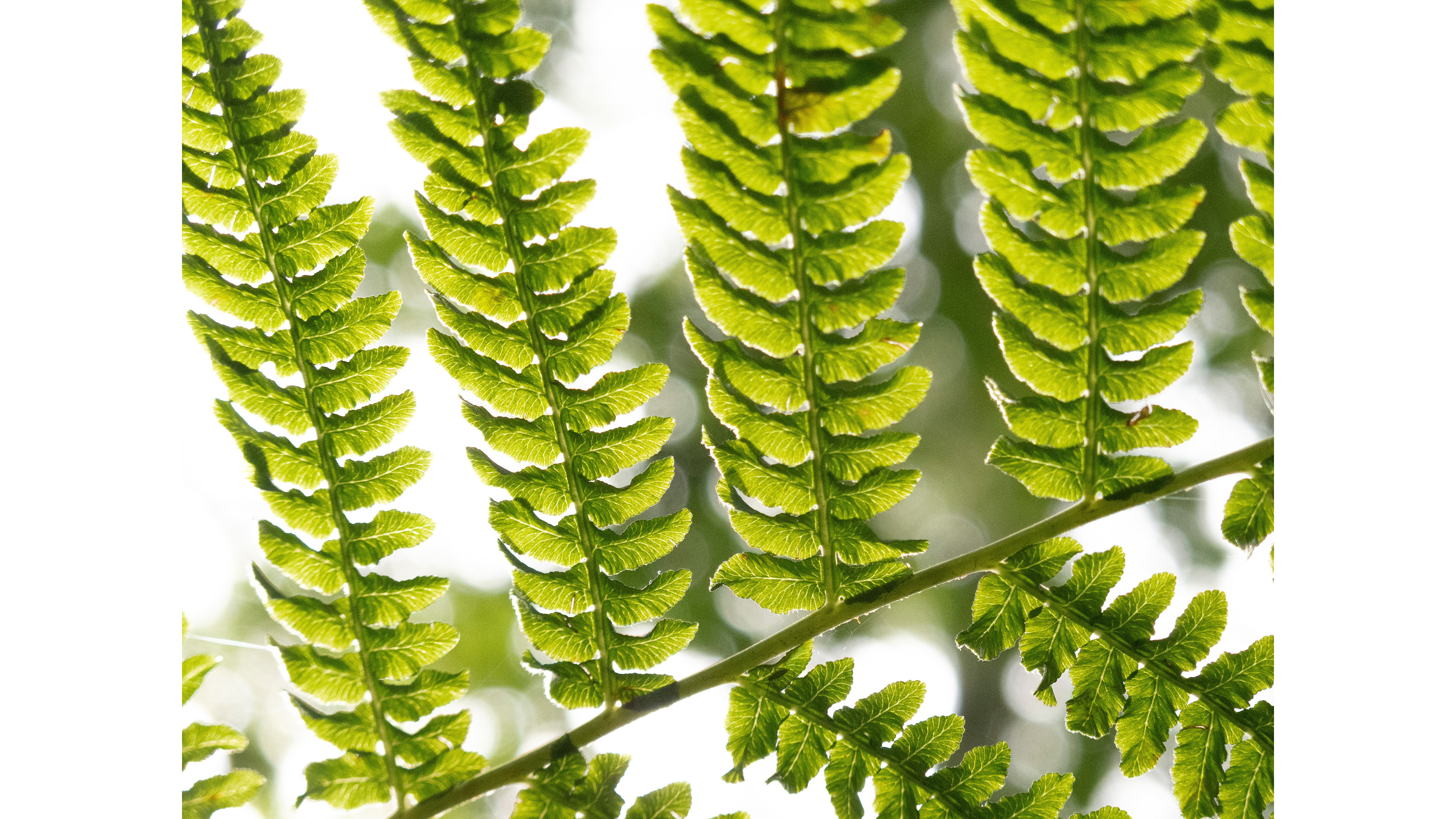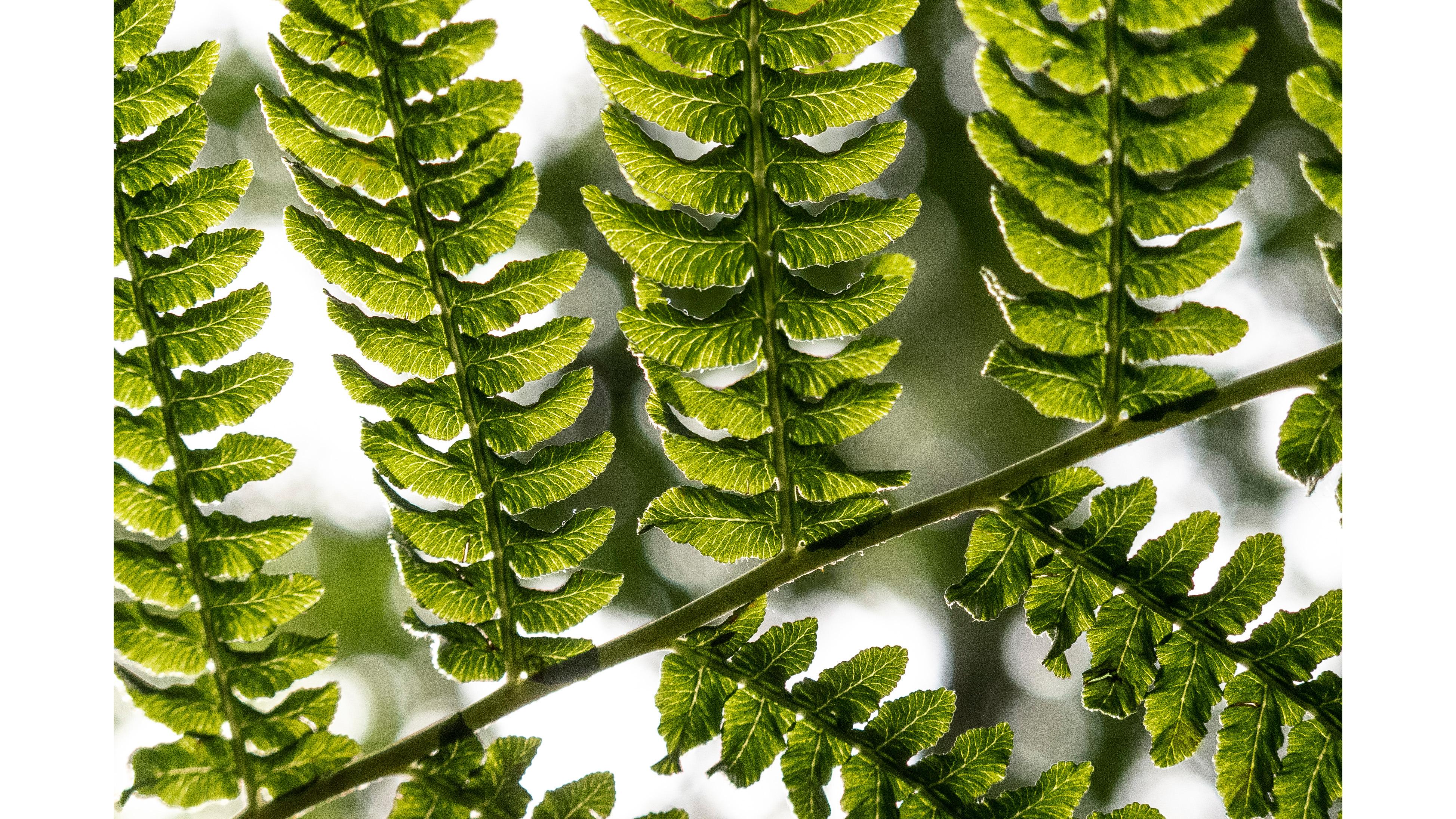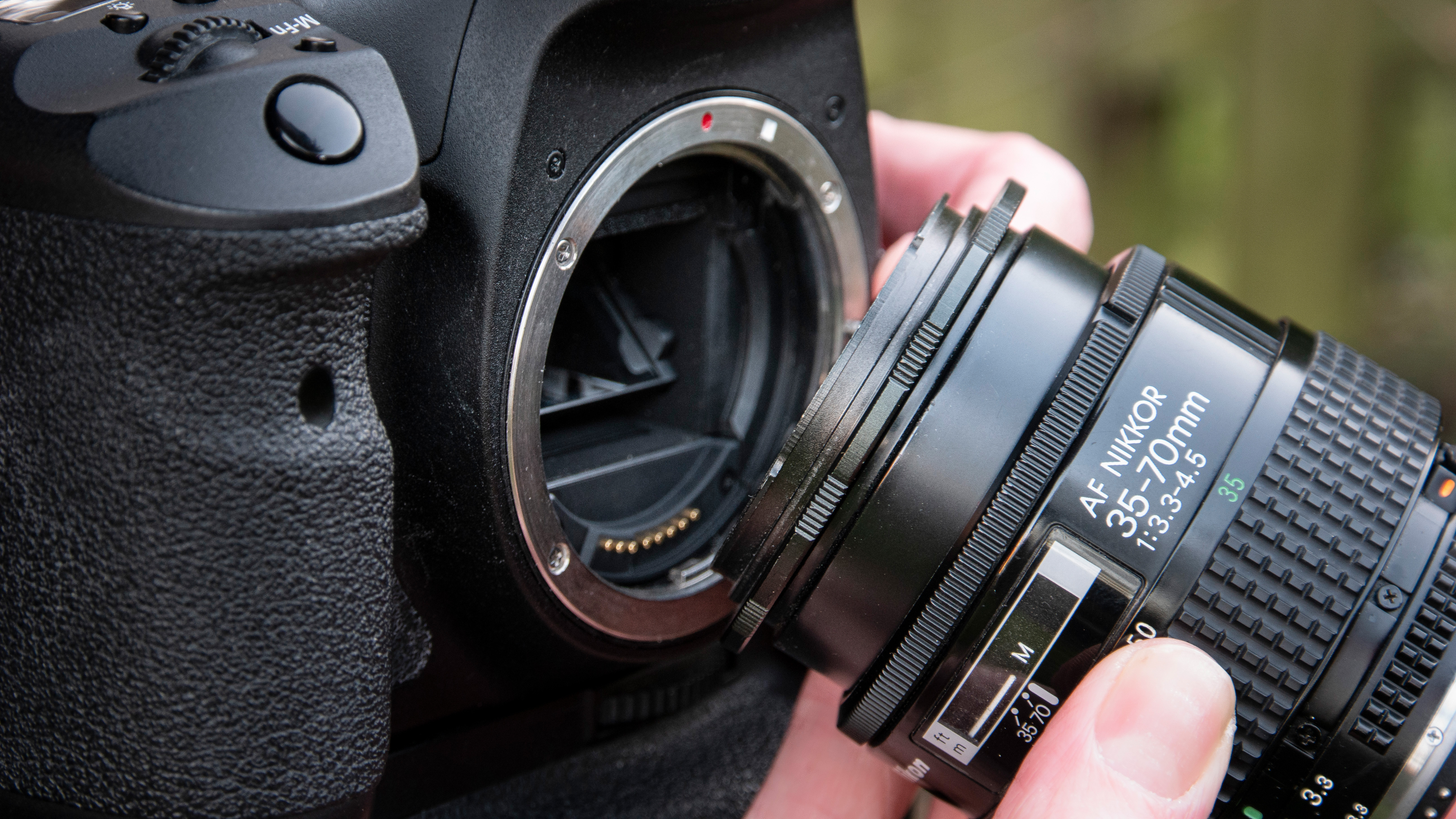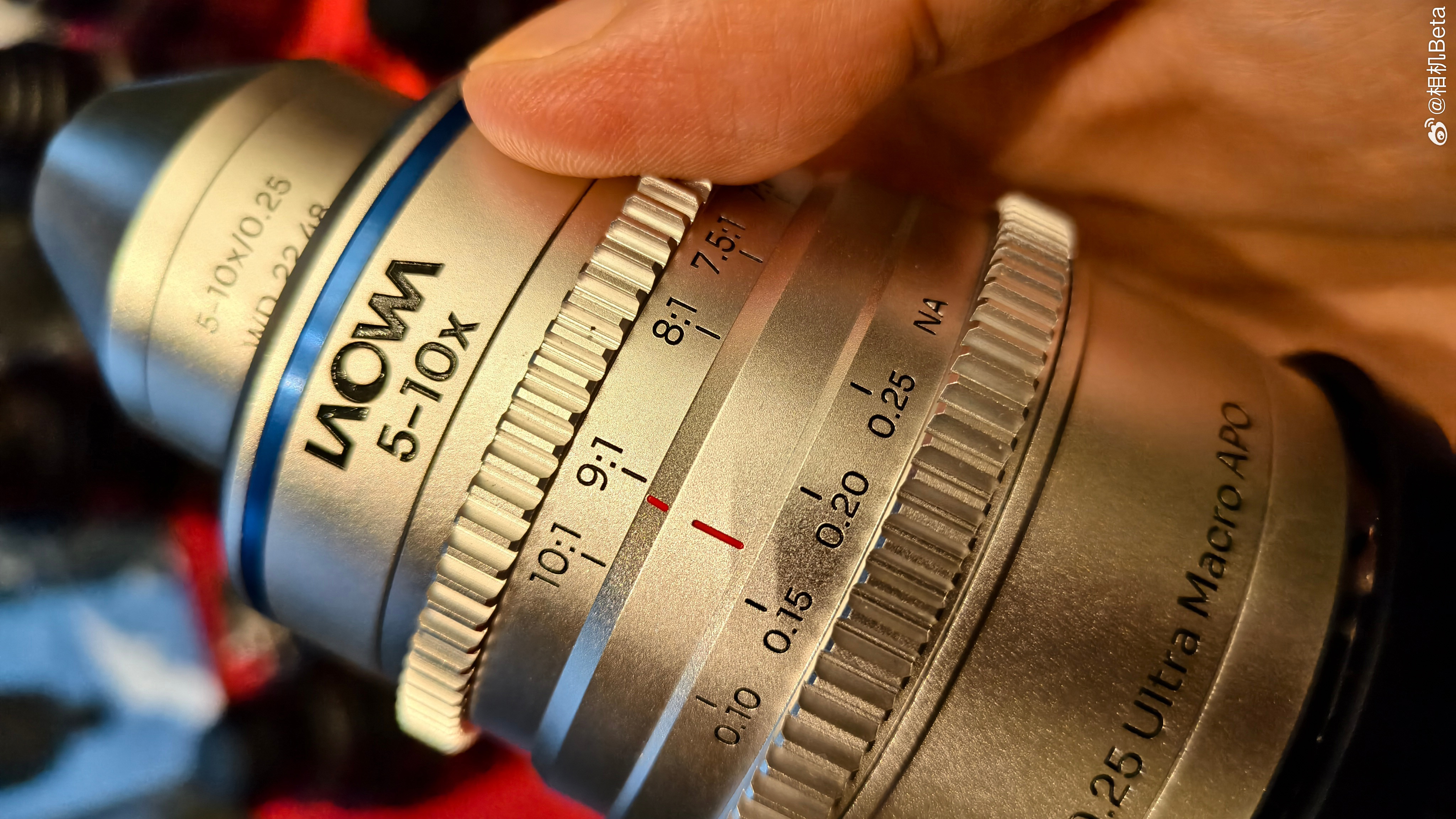Home photography ideas: Shoot macro with no macro lens, using a reversing ring
Use a reversing ring to capture incredible macro images of plants and flowers in your own garden

Reversing rings are seemingly obscure accessories to new photographers, yet they offer a superb level of additional functionality for your existing lenses – they transform a normal lens into a macro lens!
By attaching a reversing ring onto the filter thread of a standard or moderate wide lens, this can then be mounted on a camera body in the same way as any other compatible optic. The attached lens, which may have no macro function in its standard orientation, can now be used at very close focusing distances, enabling high magnification.
• 10 best online photography courses
• Get more Home photography ideas
This method of capturing close-up images is a great entry point into macro photography. Better still, it also enables photographers who may usually have no use for a dedicated (and expensive) macro optic to capture frame-filling compositions of small subjects at very little extra expense.


There are, however, some trade-offs that must be addressed when employing a reversing ring. Since the lens mount is no longer in contact with the camera body, the electrical contacts no longer communicate information back and forth.
This means that all autofocus and aperture control functionality is lost – and for this reason it is best to use a lens with a manual aperture ring, which enables exposure and depth-of-field control. This means that you can pick up cheap vintage lenses, which come with an aperture ring as standard.
This situation requires the photographer to adapt their camera workflow in order to access the full range of composition and exposure possibilities, thereby getting the best images and greatest value out of their reversing ring.
The best camera deals, reviews, product advice, and unmissable photography news, direct to your inbox!
01 Secure the lens
Rather than attaching the ring to the camera body, screw it onto the lens filter thread first and then attach the full setup to the camera. This reduces the chance of an improperly secured lens being broken.
02 Choose shooting mode
Shoot in aperture priority, program or manual modes; shutter priority will not work, as the camera cannot control the aperture. A or P modes will enable you to set the f-stop and ISO values while the camera controls shutter speed.
03 Activate Live View
If shooting with a DSLR, it is often best to switch to Live View on the back screen instead of using the optical viewfinder since it is more challenging to assess focus, due to the preview size and native image brightness. Mirrorless users have the luxury of using Live View through the electronic viewfinder.
04 Adjust camera position
Find the closest possible focussing distance by racking out the focus of the lens and moving the camera until focus is achieved. You can then be certain you can access the full range of usable magnifications.
05 Zoom in and focus
Use the camera screen to zoom in on the preview image and slowly focus on the key areas of the subject using the focus ring. Use the lowest focal length for the greatest magnification and the highest to zoom out.
06 Preset the aperture
Once the composition is set, rotate the aperture ring to the desired setting. It is best to do this last to minimize darkening or noise on the preview image, and you can simply reshoot if an estimated depth of field in step 5 is inaccurate.
Read more:
The best macro lenses in 2020: get closer to your subjects than ever before!
Create amazing macro panoramas with your camera
Best ringflash for macro photography in 2020
Digital Photographer is the ultimate monthly photography magazine for enthusiasts and pros in today’s digital marketplace.
Every issue readers are treated to interviews with leading expert photographers, cutting-edge imagery, practical shooting advice and the very latest high-end digital news and equipment reviews. The team includes seasoned journalists and passionate photographers such as the Editor Peter Fenech, who are well positioned to bring you authoritative reviews and tutorials on cameras, lenses, lighting, gimbals and more.
Whether you’re a part-time amateur or a full-time pro, Digital Photographer aims to challenge, motivate and inspire you to take your best shot and get the most out of your kit, whether you’re a hobbyist or a seasoned shooter.







